- The French Way from Ponferrada (204 km/126.7 miles)
- The Portuguese Way from Vilarinho (208 km/129.2 miles)
- The Portuguese Coastal Way from Castelo do Neiva (201 km/124.8 miles)
- The Northern Way from Tol (203 km/126 miles)
- The Original Way from Berducedo (200 km/124.2 miles)
- The Winter Way from Carucedo (200 km/124.2 miles)
- Sanabrian Way from Lubián (213 km/132.3 miles)
- Do you want us to help you choose?
Just like with the final 100 kilometers of the Camino de Santiago, walking the last 200 kilometers is a popular option among pilgrims. Nearly all the Jacobean routes, except the English Way and the Camino to Finisterre and Muxía, cover this distance. If you have about ten free days and you are a regular walker, walking the last 200 kilometers (124 miles) of the Camino de Santiago is a great idea. You could also consider doing it by bicycle, which would take about four days and, just like walking, allows you to obtain the Compostela.
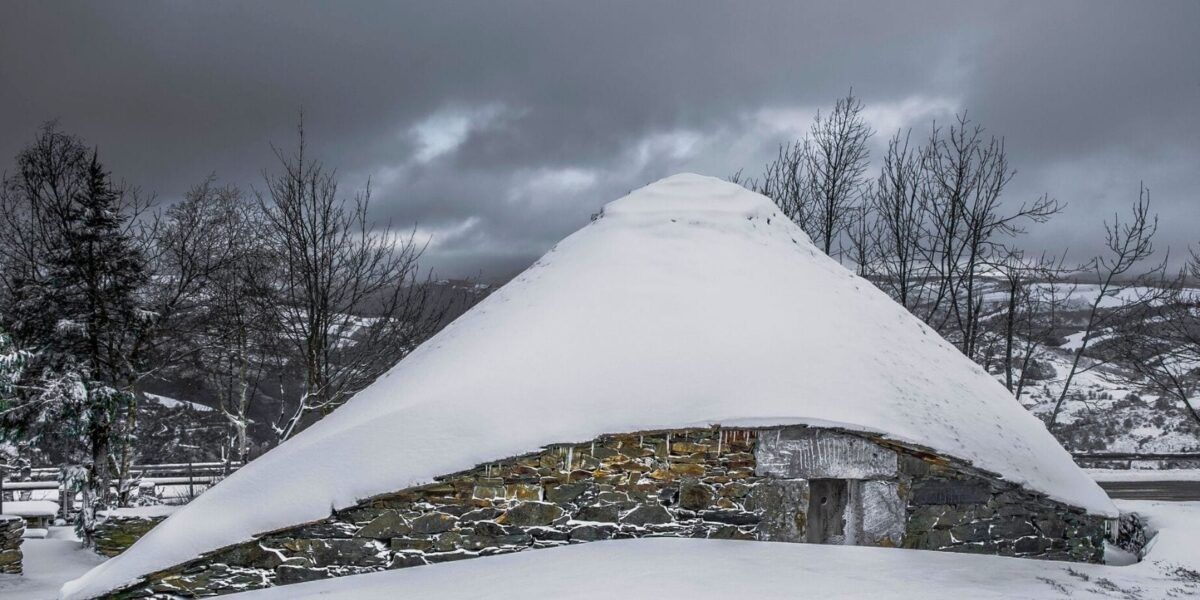
Palloza in the legendary village of O Cebreiro, in the last 200 kilometers of the French Way
The French Way from Ponferrada (204 km/126.7 miles)
The grand route among all the Ways to Santiago, the French Way of Santiago, which is the most traveled route each year. Originating in Castile and León and crossing the provinces of León, Lugo, and A Coruña, the last 200 kilometers begin in Ponferrada. You will pass through Cacabelos, Villafranca del Bierzo, O Cebreiro, Triacastela, Sarria, Portomarín, Palas de Rei, Melide, Arzúa, and O Pedrouzo before arriving in Santiago. For beginner pilgrims, it is a comfortable, simple option with many services, which will also allow you to meet a lot of new people.
The Portuguese Way from Vilarinho (208 km/129.2 miles)
The Portuguese Way of Santiago is the second traditionally most traveled route, named after its origin from the neighboring country. In its last 200 kilometers, it crosses northern Portugal and the provinces of Pontevedra and A Coruña, starting in the Portuguese town of Vilarinho. It goes through the towns of Ponte de Lima, Barcelos, Rubiães, Tui, O Porriño, Redondela, Arcade, Pontevedra, Caldas de Reis, and Padrón. At some points, it runs close to some Galician estuaries, and in addition to the Compostela, you can obtain the Pedronia, a similar certificate issued in Padrón. It is very interesting because much of its route follows the ancient Roman road XIX, which connected Bracara Augusta (Braga, Portugal) with Lucus Augusta (Lugo).
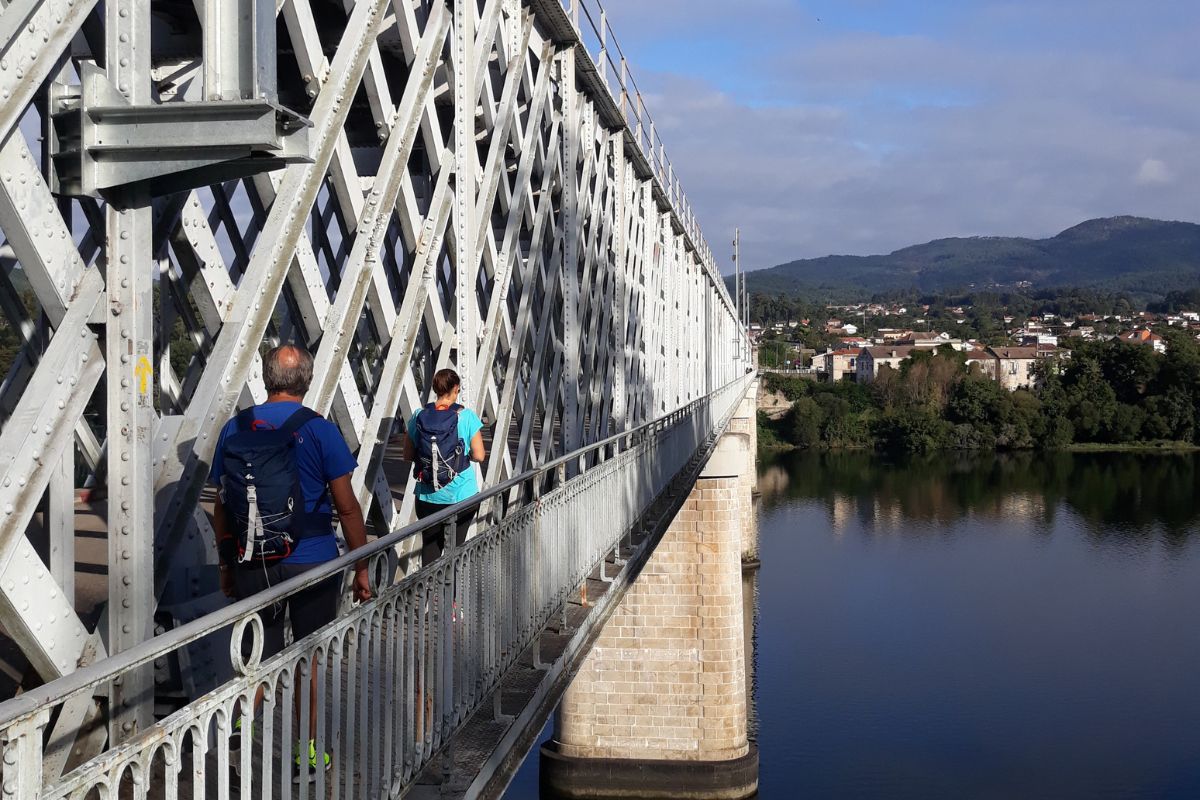
The Portuguese Way crossing the border between Spain and Portugal
The Portuguese Coastal Way from Castelo do Neiva (201 km/124.8 miles)
The Portuguese Coastal Way of Santiago is a variant of the previous Portuguese Way, allowing enjoyment of the Atlantic coast. It is one of the top five routes in terms of number of walkers and is experiencing considerable growth. It travels through northern Portugal and the provinces of Pontevedra and A Coruña, starting its last 200 kilometers in the town of Castelo do Neiva. It passes through Viana do Castelo, Caminha, A Guarda, Baiona, Vigo, and once in Redondela, it follows the route of the Portuguese Way.
The Northern Way from Tol (203 km/126 miles)
The Northern Way of Santiago crosses, in its last 200 kilometers, part of Western Asturias and the provinces of Lugo and A Coruña, starting from Tol. The main towns are Tol, Ribadeo, Mondoñedo, Abadín, Vilalba, Baamonde, Miraz, Sobrado dos Monxes, Arzúa, and Pedrouzo. A less traveled but moderately growing path, and in Arzúa, it converges with the French Way, where the number of pilgrims obviously increases. In this case, you will enjoy the beautiful Asturian landscapes and enter Galicia crossing the first of the Rías Altas, the estuary of Ribadeo.
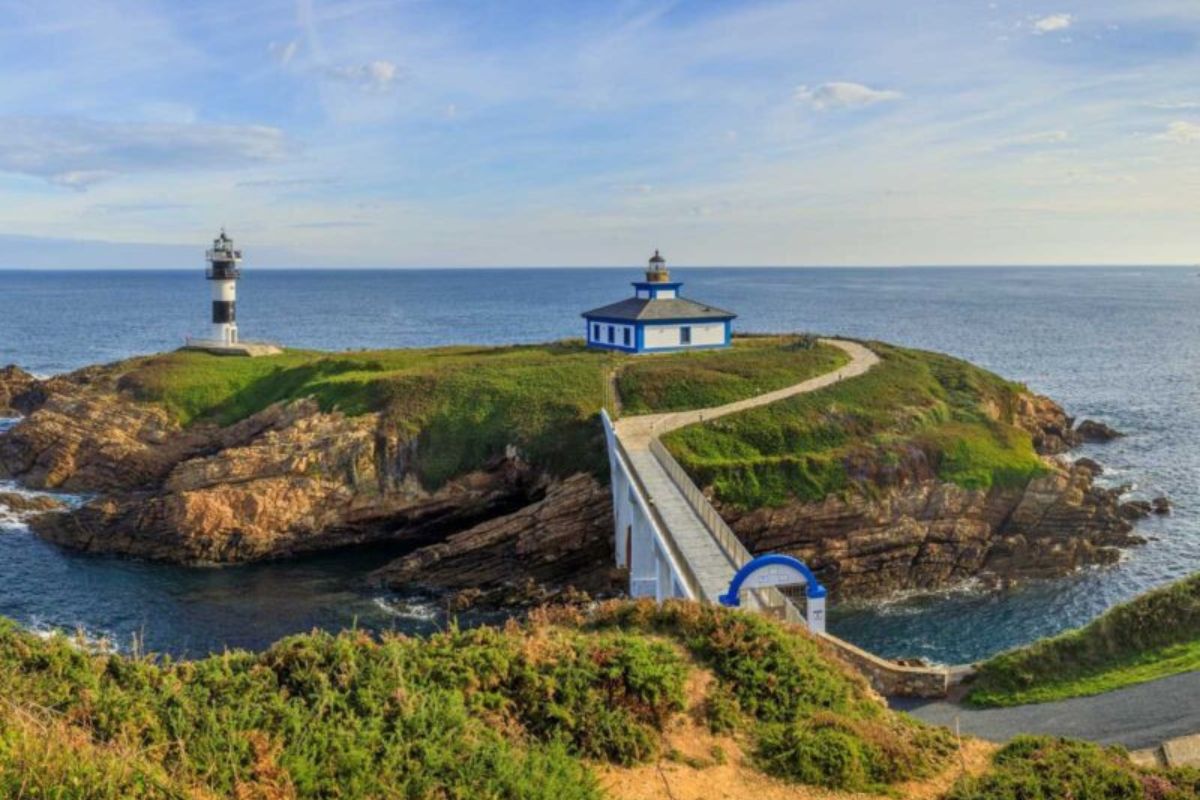
Pancha Island Lighthouse, in Ribadeo, in the last 200 kilometers of the Northern Way
The Original Way from Berducedo (200 km/124.2 miles)
The Primitive Way of Santiago was the first route to be established, with its first pilgrim being the Asturian king Alfonso IX. The history of the Primitive Way recounts that this monarch traveled from Oviedo to Santiago de Compostela to confirm the discovery of the Apostle’s remains. It is not heavily traveled but is slowly growing, and like the Northern Way, it converges with the French Way, but in Melide. The last 200 kilometers start in Berducedo and travel through Western Asturias and the provinces of Lugo and A Coruña. You will pass through Grandas de Salime, A Fonsagrada, O Cádavo, Lugo, Ponte Ferreira, Melide, Arzúa, and O Pedrouzo.
The Winter Way from Carucedo (200 km/124.2 miles)
The Winter Way of Santiago starts in Ponferrada and covers the province of León, as well as the four Galician provinces. If you want to cover its last 200 km, you must start from the town of Carucedo. It goes through O Barco de Valdeorras, A Rúa de Valdeorras, Quiroga, Monforte de Lemos, Chantada, Rodeiro, Lalín, and Ponte Ulla. A less traveled route, named as an alternative to the French Way to avoid snowfalls in the Ancares, which are very abundant in winter. It is a more gentle way into Galicia, where you can also savor the wines of Valdeorras and the Galician stews of Lalín.
Sanabrian Way from Lubián (213 km/132.3 miles)
This section, known as the Sanabrian Way of Santiago, is also a continuation and ending alternative of the Via de la Plata. A not very crowded route, but which is gradually gaining more pilgrims. It passes through A Vilavella, A Gudiña, Laza, Xunqueira de Ambía, Ourense, Cea, Lalín, Bandeira, and Santa Cruz de Rivadulla. It crosses the province of Zamora, and then the provinces of Ourense, Pontevedra, and A Coruña, and its last 200 km start in Lubián.
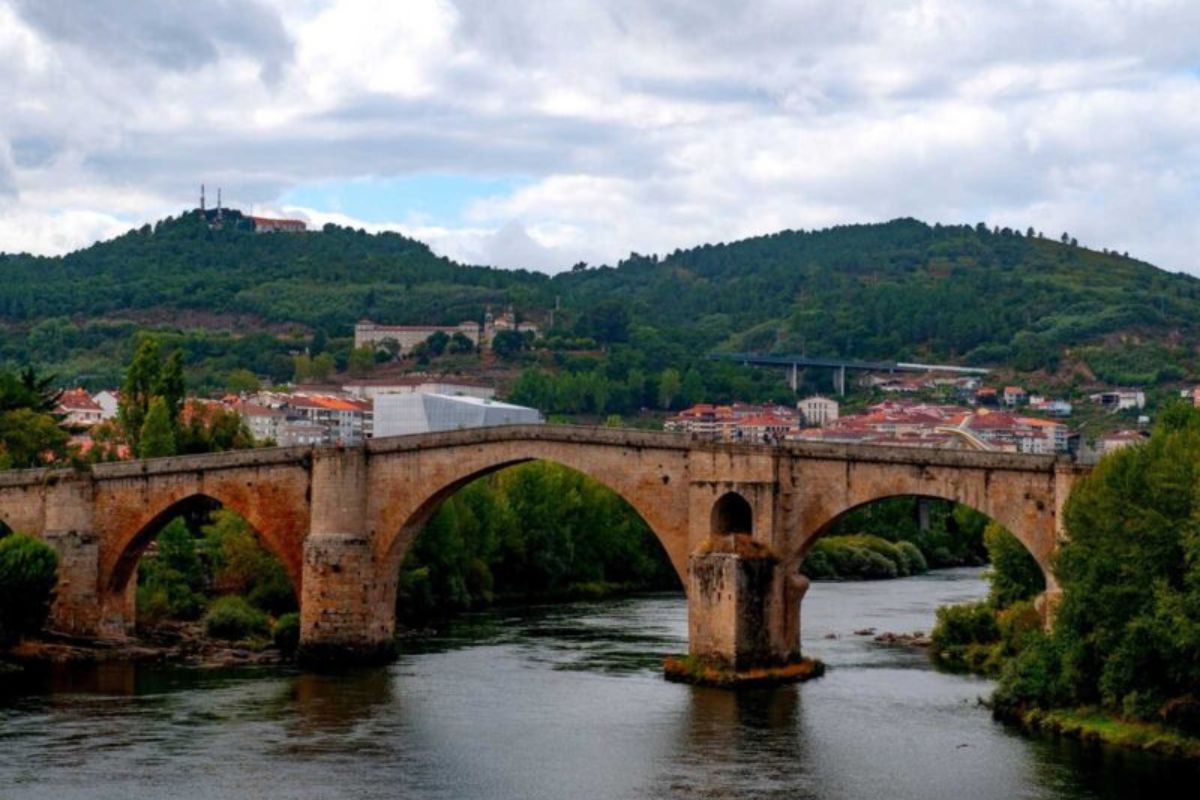
Roman bridge in Ourense, in the last 200 kilometers of the Sanabrés Way
Do you want us to help you choose?
With the last 200 kilometers, you will travel through various landscapes and regions, with their people and cuisine. Galicia is definitely one of them, as your destination, Santiago de Compostela, is its capital. Depending on which route you choose, you can enjoy different regions of Spain and even another country, our neighbor Portugal. We would be delighted to help you choose which way to go: the last 200 kilometers of any route of the Camino de Santiago will provide you with a unique experience. Contact us without any obligation!

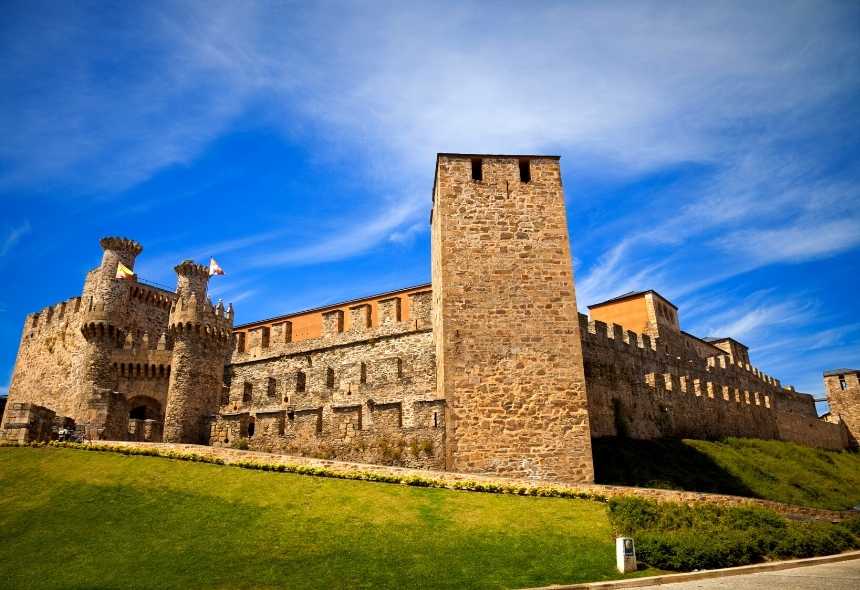










Leave A Comment